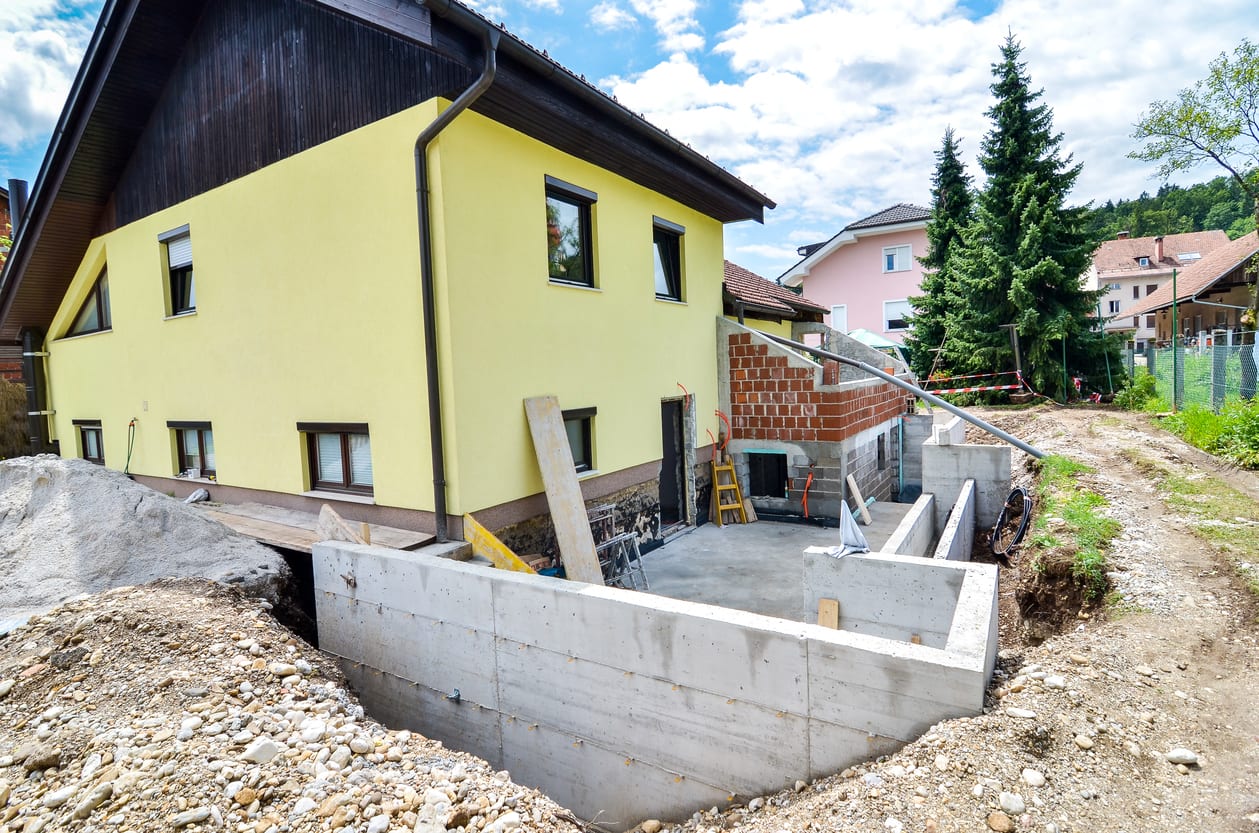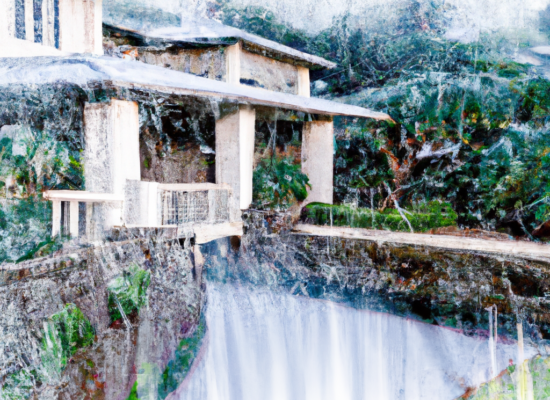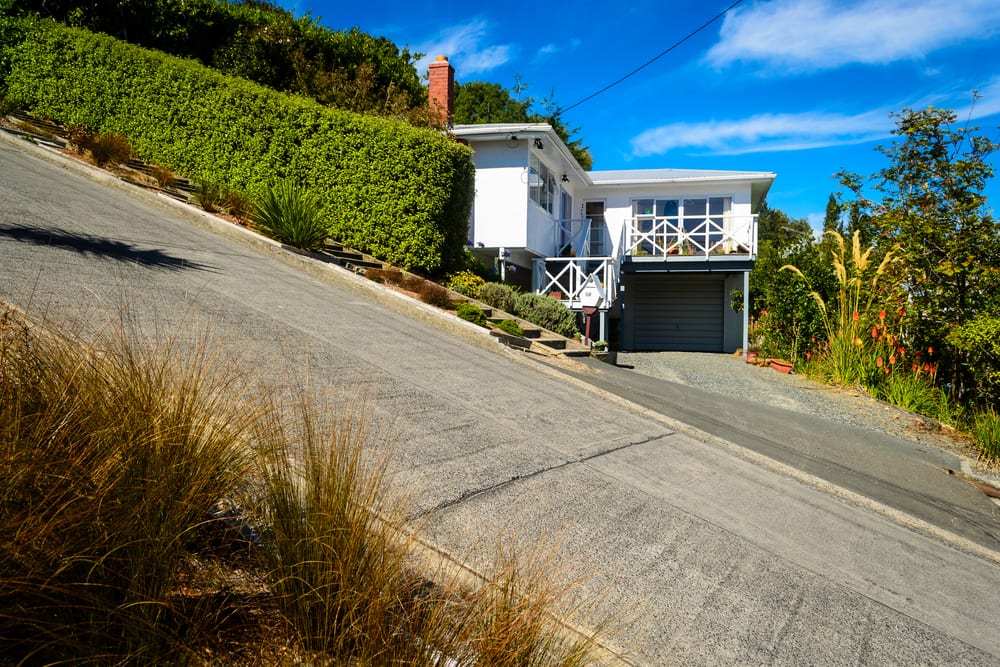Sediment control helps builders prevent soil, sand, and cement from reaching waterways. Even small amounts of erosion or pollution from the site can bring significant environmental damage or kill aquatic life. The pollution can block stormwater pipes. Ensure that all control plans are done in accordance with the mandatory requirements of the Planning and Permit department.
How an Erosion and Sediment Control Plan Affects Buildings
The erosion plan’s aim is to divert uncontaminated water far from the work area. The efforts help minimize erosion by reducing site disturbance or destabilization of surfaces. The control plans also prevent the collection of material stockpiles or discharging of sediments.
Successful control measures on the building site can retain and trap sediment displaced by slope erosion. This can result in improved site conditions and reduction of cleanup costs to the community. The local community experience healthier aquatic life and cleaner waterways.
Erosion and sediments can delay constructions because of wet conditions. This can result in losses arising from material stockpiles. With the erosion control plans, you get fewer dust and mud problems. Therefore, there are fewer chances of fines because of the reduction in the number of the public complains.
Make certain that all attempts to comply with the sediment control plans are in line with the requirements of sediment control or local erosion guidelines. You should obtain appropriate experts with the right qualification and certification to handle your erosion and sediment control plans.
Factors Influencing Sediment Control
Slope – the longer and steeper the slope, the greater it is to suffer sedimentation and erosion.
Soil type – clay soil has a higher chance of bringing environmental harm. Sandy soils can cause traffic hazards and drainage problems. Exposed subsoil can bring more problems than topsoil.
Nature, extent, and duration of the disturbance – the greater the disturbance, the higher the risk of sedimentation or erosion.
Season ad climate – high rainfall intensity and duration together with high winds can affect sedimentation and erosion. Rainfall events intensify under climate change. The extent and severity of the sedimentation and erosion increases. This increases the need to control the impacts which are of great importance.
Locations and size of the site – it is harder to implement sediment control on the smaller sites. It is more problematic if the site slopes towards the road. You can contact your local council for consultation. Large rural sites that have vegetation do not always need specific controls.
How to Minimize Site Disturbance
Prevention or control is always better than cure. Put in place a careful design and an efficient construction sequence that will minimize disturbance to your site. This will reduce environmental impact and save you money. The design should avoid excessive cuts and unnecessary clearing of vegetation. Clear only areas where the building work will take place. Preserve grass and vegetation as much as possible to help filter erosion and sediments from stormwater before it reaches your drainage system.
Postpone removal of vegetation or starting earthworks until you are ready to start the building activities. Avoid construction activities that disturb the soil during rainy seasons or lengthy and heavy rainfall periods.
How to Implement Sediment Control Plans
Start installing erosion and sediment control plans before you start any earth moving or excavation. Regularly maintain the control plans until the building construction is complete and the site stabilizes. It is important to ensure you do not unlawfully divert stormwater or release it into the neighboring properties as it can cause erosion or discharge points, which can result in lawsuits.
Avoid contaminating the stormwater with sediments by diverting the water away from the construction area. Use flow diversion devices to minimize the volume of stormwater reaching that disturbed area. Restrict overland flow by installing storm water drainage system early during the construction process.
For more information, contact us.
 Copyright secured by Digiprove
Copyright secured by Digiprove 



3 thoughts on “How Erosion And Sediment Control Plan Affects The Building”
That is good to know that you should start installing erosion and sediment control plans before you start any earth moving or excavation. I can understand why you would want plans before you would start. You wouldn’t want to cause erosion during a construction project. We will have to make sure we do that when my husband and I start building our home.
This is some really good information about how to control erosion. It is good to know that it would be smart to try to prevent rainfall from washing away all of your soil during construction. That is good for me to know because I am planning on doing some home renovations soon.
Thank you for your comment about sandy soils being able to cause traffic hazards and drainage problems. My husband is planning on putting in a road that goes around to the back of our house, but the area in question seems really sandy and might not hold up very well over time with asphalt over the top of it. I will be sure to research ways to stabilize the ground further through consulting a professional on the matter.